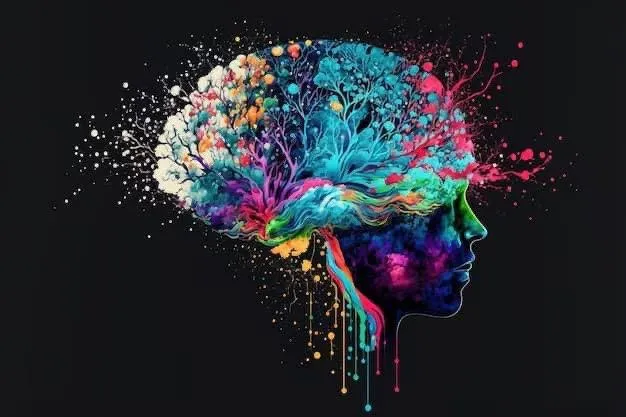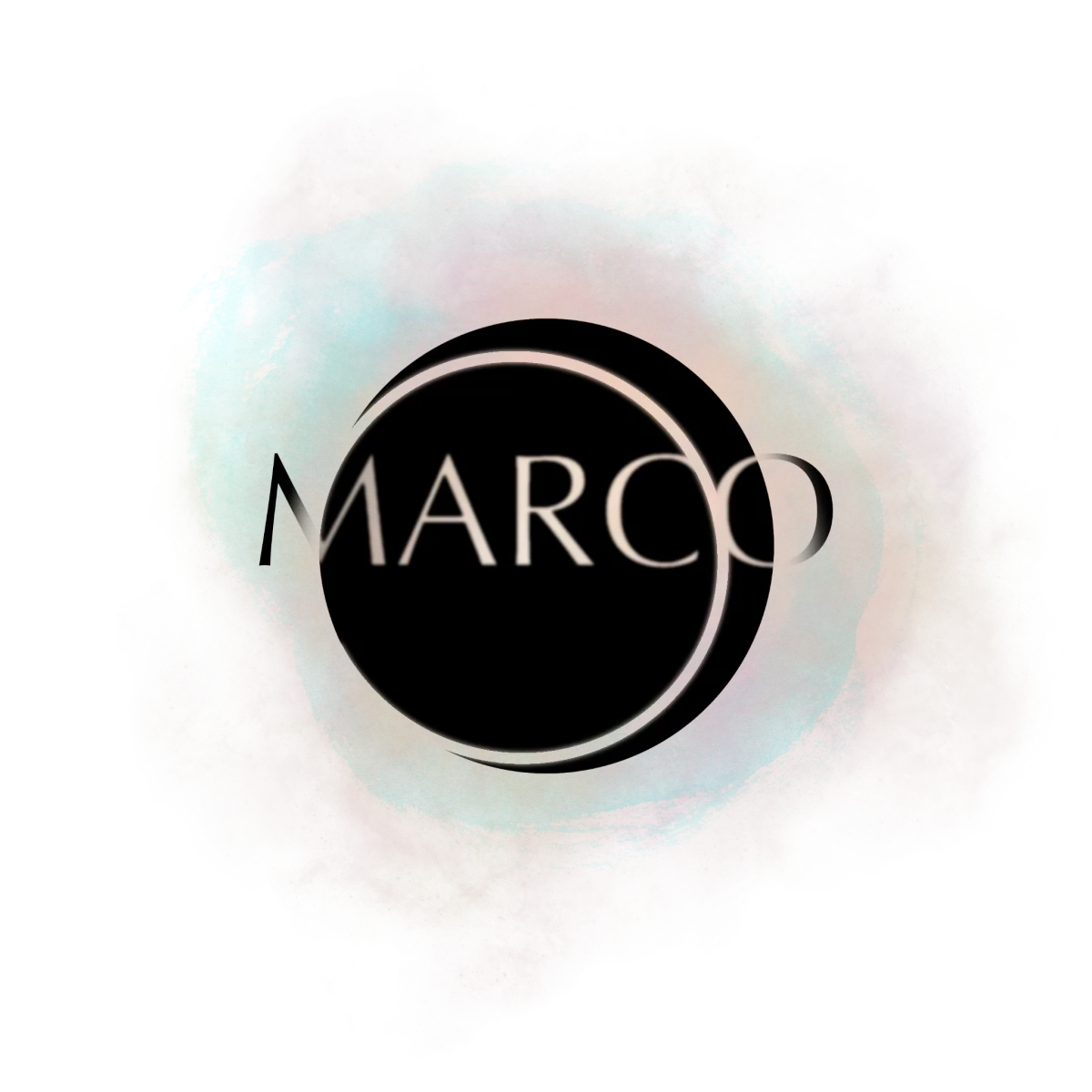
Bridging Neuroscience & Human Design
The conceptual model of the brain scientists are studying now is often described as a hierarchical system that incorporates both bottom-up sensory input and top-down processing. This model suggests that the brain generates our conscious awareness by combining incoming sensory information from the environment (bottom up) with pre-existing internal models or expectations (top down). At the bottom-up level, sensory inputs from our environment, such as visual, auditory, tactile, and other sensory stimuli, are transmitted to the brain through specialized receptors in our sensory organs.
These raw sensory signals are then processed in lower-level brain regions, such as the primary sensory areas, where basic features of the stimuli are extracted. However, the brain doesn't solely rely on bottom-up sensory input to create your perceptual experience. It also incorporates top-down processing, which involves the use of higher-level cognitive processes, expectations, and internal models to interpret and make sense of the incoming sensory information. These internal models are constructed based on past experiences, learning, and knowledge stored in the brain.
The top-down processes work in a predictive manner, generating hypotheses or expectations about the incoming sensory data. These hypotheses are then compared and matched against the actual sensory input. This process of matching and verification helps calibrate and authenticate the internal models with the external reality.
If the incoming sensory input aligns with the predictions or expectations generated by the internal models, it reinforces the existing model and leads to a sense of coherence and confirmation. On the other hand, if there is a mismatch or discrepancy between the predictions and the sensory input, it triggers a process of error detection and may lead to the revision or updating of the internal models to better align with reality (learning). This interplay between top-down and bottom-up processing allows the brain to create a cohesive and meaningful representation of our conscious experience. It enables us to perceive and interpret the world around us, while continuously updating and refining our internal models based on new sensory information.
This is where human design comes in. We learn in human design that we each have two authorities; an inner authority and an outer authority. The mind and the body. When we use the mind for both inner and outer authority what, infact, we are doing is relying on the top down generative model which relies on assumptions and expectations. What the strategy of type and inner authority shows is the way we can tap into the bottom up, form principle, sensory input which helps calibrate the perceptual model generated and aligns you to a path with a higher fidelity to reality.
This is what is meant when Ra says that we make up the Maya. We are creating our reality as a model for conceptualizing through bottom up sensory input when we are young until we creat concepts and beliefs that can predict and expect what is happening and about to happen. The older we get the more we rely on this top down model unless we can stay tapped into our form.






